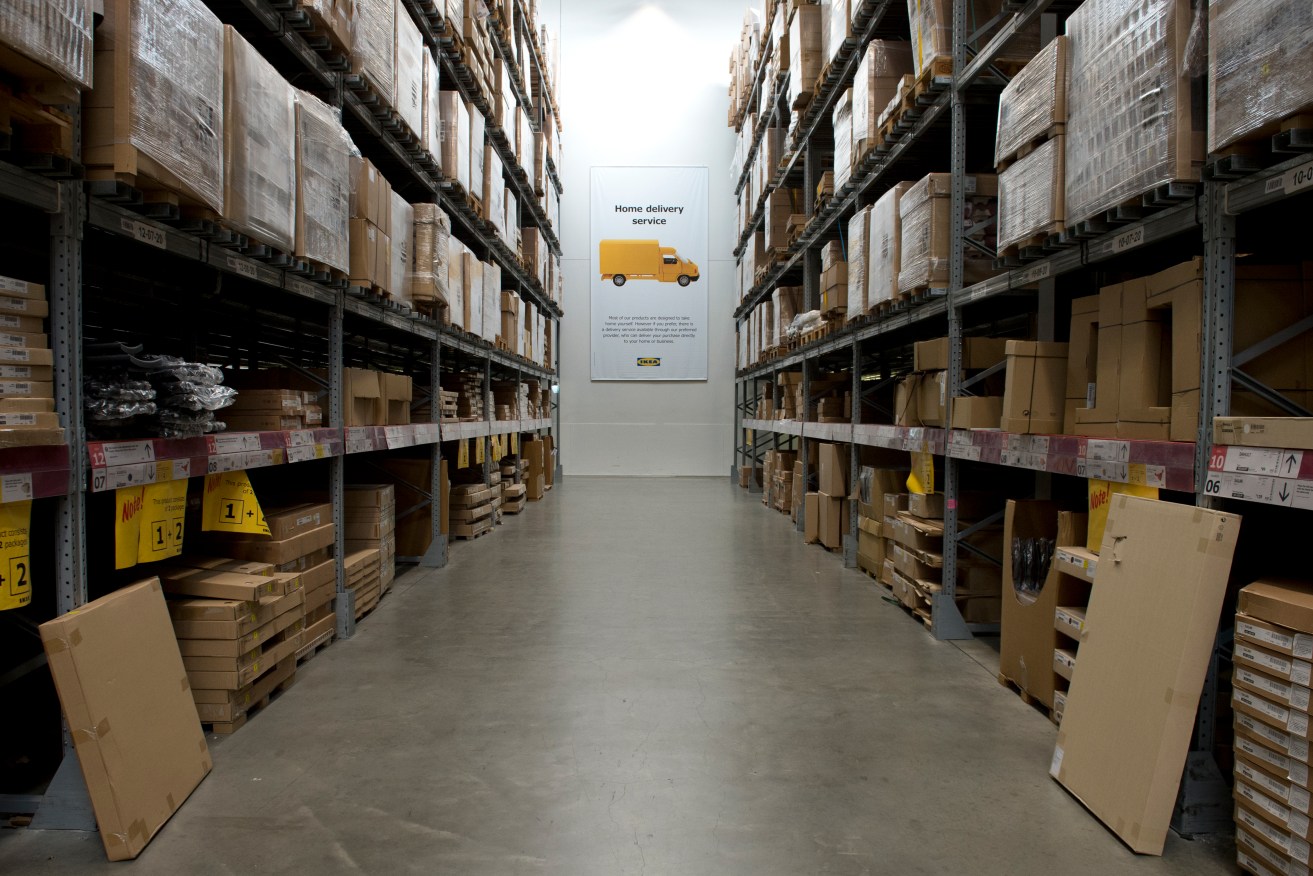Vibrant what? The failed language of cultural policy
We have little understanding of the value of culture to our society and fuzzy government rhetoric isn’t helping, argue Tully Barnett, Julian Meyrick, Robert Phiddian and Heather Robinson.

Photo: AAP/Dave Hunt
Despite all the surveys, case studies, reports and statistics showing the contribution of the arts to the economy of South Australia, a witless few still talk about their “lack of commercial viability” and “sense of entitlement”.
Preconceptions change more slowly than reality. The banking sector can hemorrhage public money. Manufacturing soaks up millions of taxpayer’s dollars for jobs rarely saved in the long run. These things are “an investment”. Support for the arts, however, is “a handout”. This view of the cultural sector – old even by the standards of old ideas – lingers as the state transmogrifies into a service-based economy in which it plays a central role.
So Rainer Jozeps’ sharp-tongued article on the cultural achievements of the Weatherill government deserves some consideration. Not only does he make important points about the poor condition of Adelaide’s cultural assets, its tone of irritation has just cause. This is a terrible time for the arts.
But, then, it is a terrible time for other areas too. The state is not in robust fiscal health. While the Federal Government baulks at tax reform and remains ideologically committed to cutting the national budget, all parts of the public sector suffer. There is little point blaming the Premier, and Arts South Australia chief executive Peter Louca’s response detailing what the State Government is spending to keep our cultural institutions viable, is a reasonable one.
Culture doesn’t come in transferable packages like IKEA wardrobes. It is embodied in particular places with particular histories, and rendered accessible by the cultural institutions of those communities.
Jozeps’ comments about “vibrancy”, however, are right on target. We need to ask what good such buzz words do – and what they cost. The problem is the abstract terminology modern democracies use to conduct their business. The arts need not feel singled out. The “inauthenticity” which characterizes government action is systemic, the way today’s technologized societies operate. But the disparity between what the arts are by their nature and the bureaucratic language used when governments provide them is a stark one.
“Vibrancy” is the latest in a long line of terms that have worn out their welcome in service to high-sounding strategic plans that lack meaningful context. It’s like picking up marbles with chopsticks. While “vibrancy” is a valiant attempt to talk about culture’s intrinsic value rather than constructing it as a proxy for service excellence to tourists, in all likelihood its days are numbered.
Hence the desire to cherry-pick, to look interstate or overseas for bright ideas, bulking out fuzzy rhetoric with examples pulled from all over. It rarely works. Culture doesn’t come in transferable packages like IKEA wardrobes. It is embodied in particular places with particular histories, and rendered accessible by the cultural institutions of those communities.
South Australians have invested in their cultural institutions over generations on the understanding these will be available in perpetuity. That some have lost their cool factor, as Jozeps implies, raises a complicated question about shifting priorities, the public’s and governments’. But, as the National Gallery of Victoria (and the State Library of Victoria and Museums Victoria) demonstrate, you have to spend money to make money. As Peter Louca suggests, it is just this sort of transformation that is happening at the Art Gallery of South Australia.
Public investment and private patronage must work together. Our cultural institutions require long-term maintenance not to capitalize on a spin around “vibrancy” or “innovation” or “creativity”, but to add value to their unique state context. A major component of this is the public. Governments support artists to do things for people who are then willing to pay for them. South Australians support their cultural institutions through their taxes in the expectation they will have access to great artists and cultural experiences.
Maintaining a balance between public and private interests in the provision of culture is not easy. Concepts of risk and return have a different meaning in the arts than elsewhere. Few make money out of them, and most agree they have a value not reflected solely in dollar terms and only measurable over decades. Think of the plays of Patrick White, which we were roundly condemned in the 1960s, but which are now widely celebrated.
The truth is, and we hear this complaint everywhere we turn, that the language of cultural planning just isn’t working. Don Dunstan is fondly remembered not only for the support he gave to culture, but for not sounding like Robbie the Robot when he talked about it.
We can argue endlessly about who gets what, how and why. Funding decisions are necessarily controversial and tend to grab media attention. But if the language of cultural policy is one of semantic absence then we have a more fundamental problem on our hands.
It’s not that the economic contribution of the cultural sector is negligible as Neanderthal sceptics maintain. It is that we do not have a good enough understanding of culture’s value to know what the numbers mean.
Tully Barnett, Julian Meyrick, Robert Phiddian and Heather Robinson are Flinders University academics. They are part of Laboratory Adelaide: The Value of Culture – an ARC-funded project examining issues about how we determine the value of arts and cultural events and organisations.
See more here.




